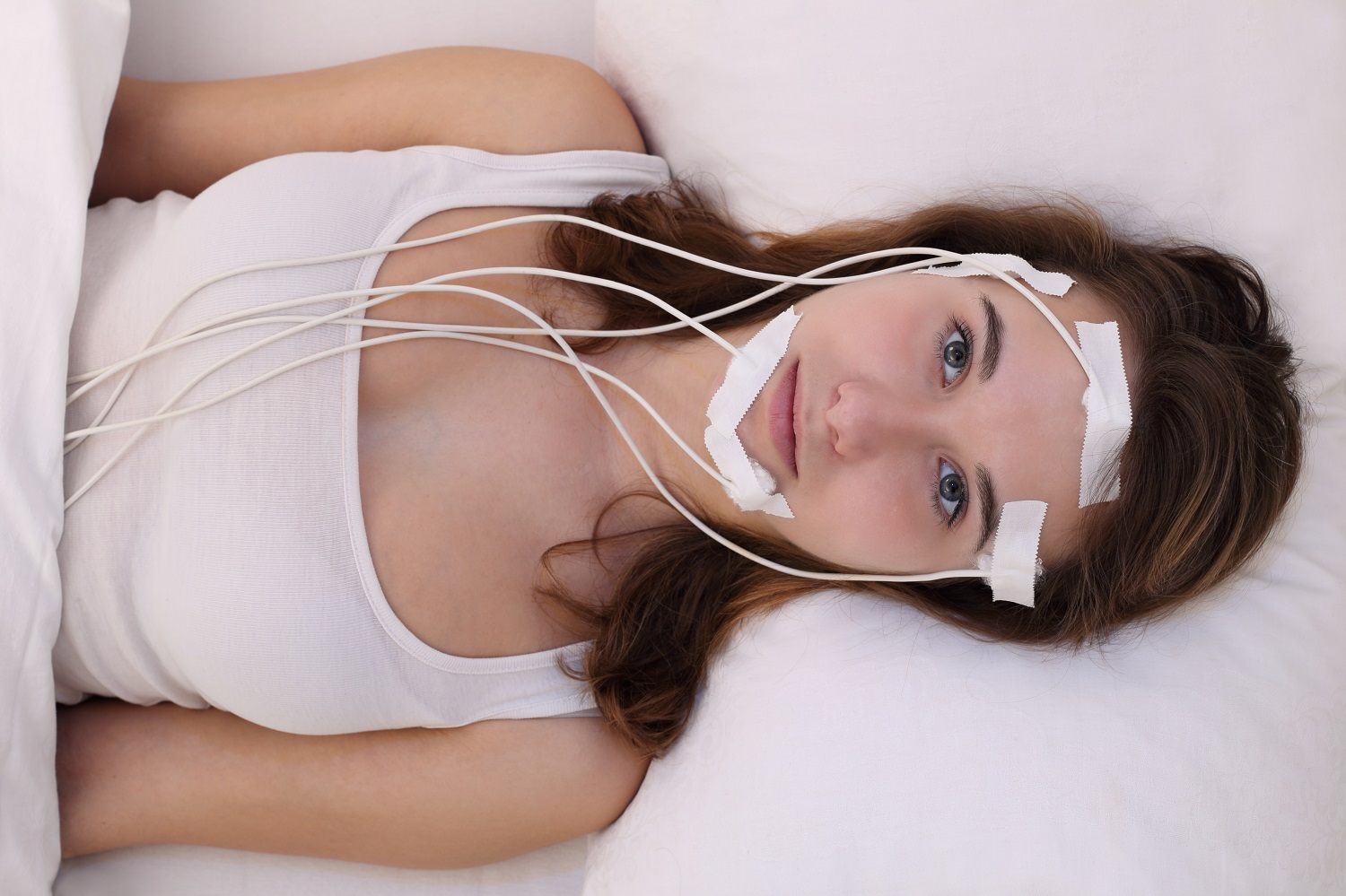What is sleep and why do we need it? Sleep can affect our mental alertness, physical health, and overall well-being, so let’s invest some time into getting it right. Knowing the science behind sleep will undoubtedly enlighten you on how you can use sleep more deliberately. Science has provided us with much to ponder about sleep habits and how to best achieve this sometimes elusive, but important, necessity in life. Let us take the advice from our friends in lab coats and understand what our body naturally yearns for; great restorative sleep.
Sleep Science
In order for our bodies to enter the dream state, we usually enter into 5 stages of sleep. From stage 1 to 5, we measure sleep by REM (Rapid Eye Movement). As we achieve deeper sleep, our muscles and our eyes slowly calm and cease moving; that is until we reach REM sleep where our eyes move almost at random. We spend almost 50% of our total sleep time in stage 2 and only about 20% in REM sleep known as the dreaming stage. Infants, by contrast, spend about half of their sleep time in REM sleep[1].
The Five Stages of Sleep
Stage 1
This stage occurs as soon as your head touches the pillow and you begin to close your eyes. This is an incredibly volatile stage as your body can easily be awakened by subtle disturbance such as sound and light. If left undisturbed, your eyes will move slower and muscle movements will cease. For interesting tips on how to enter stage 1 more effectively click here.
Stage 2
In this stage, you are actually asleep and unaware of your surroundings. Eye movements decrease or cease entirely, body temperature drops and breathing and heart rate are regular. MRI scans of the brain in stage 2 have shown that brain waves slow down significantly, however, there may be large bursts of activity at random.
Stage 3
You have now entered deep sleep, which is characterized by even slower brain waves and even fewer bursts of brain activity. Feelings of weightless ensue, so much so that children often wet the bed during this stage of sleep. Sleepers are less responsive to sound and light and are difficult to awake.
Stage 4
Similar to stage 3, you are in a very deep sleep and therefore difficult to awake. Characterized by even slower brain waves, your body has finally achieved what it had been craving after a long day of activities. Studies have been done proving that during stage 4, tissue repair takes place as well the release of hormones that stimulate growth.[2]
Stage 5
You have finally reached stage 5, REM sleep, meaning brain activity has spiked and rapid eye movement has restarted. Whether you are flying high in the sky or naked in your office boardroom, rest assured that you are wholeheartedly dreaming. Enjoy it while it lasts, because it really doesn’t last very long.
Here is an image showing the brain activity in every stage.

Source : Sleepdex.org
The science is proven and the facts are fascinating, but “how does this affect me”, you ask? Well, consider how complex these five stages of sleep are (understanding that they have been significantly simplified here). To achieve restful and restorative sleep, your body has to seemingly jump leaps and bounds through the various stages so make it easy on yourself and get the mattress, pillow, and sheets that you deserve. Entering stage 5 will be a dream come true with a little help from a new mattress and pillow.
[1] https://www.sleepassociation.org/patients-general-public/what-is-sleep/

